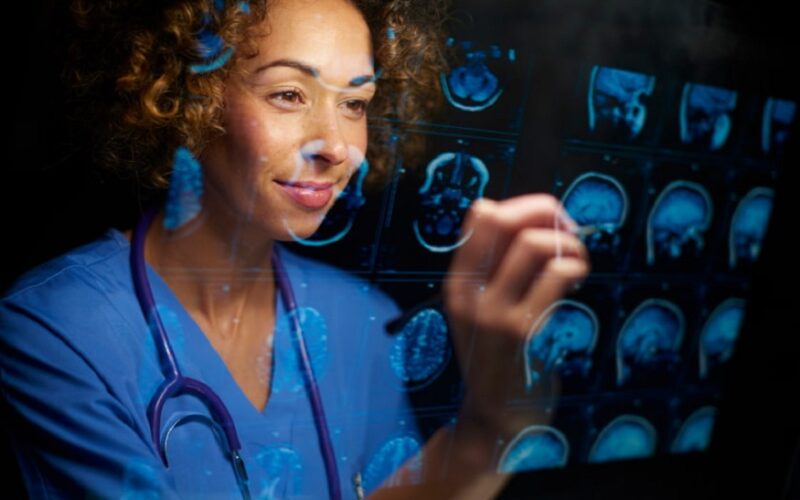Mammography remains a critical component in the early detection and diagnosis of breast cancer. As medical imaging technology advances, professionals require specialized training to deliver accurate, high-quality mammograms. Enrolling in a mammography course provides essential knowledge and practical skills that empower healthcare workers to contribute effectively to breast health management.
Understanding the Purpose of a Mammography Course
A mammography course focuses on teaching the principles and techniques related to breast imaging. It provides participants with an in-depth understanding of mammographic equipment, patient positioning, image acquisition, and radiation safety. Beyond technical skills, these courses emphasize anatomy, pathology, and patient communication to ensure comprehensive care.
The course typically caters to radiologic technologists or those working in diagnostic imaging fields who want to specialize in mammography. It can be part of a certification program or continuing education designed to meet regulatory standards and improve clinical competency. Completing a mammography course not only advances one’s technical expertise but also enhances career prospects by qualifying professionals to perform mammographic procedures independently.
Key Components Covered in a Mammography Course
Participants in a mammography course study various subjects that are critical for effective imaging and patient safety. One major area is equipment operation, where learners gain hands-on experience with digital mammography units and learn how to troubleshoot common technical issues. Proper patient positioning and compression techniques are also central topics, as they directly influence image clarity and diagnostic accuracy.
Radiation protection is a vital part of the curriculum. Mammography courses instruct students on minimizing radiation dose while maintaining image quality, adhering to safety regulations for both patients and operators. Image evaluation skills are developed through case studies and practical assessments, teaching students to identify abnormalities and artifacts.
Patient care and communication skills are also emphasized to help technologists provide a supportive experience. Since mammography can cause anxiety, professionals trained through these courses are better equipped to explain procedures, address concerns, and create a comfortable environment.
The Benefits of Taking a Mammography Course for Career Growth
Completing a mammography course can significantly boost career opportunities in medical imaging. With breast cancer screening programs becoming increasingly widespread, the demand for qualified mammography technologists continues to grow. A formal mammography course is often a prerequisite for certification by organizations such as the American Registry of Radiologic Technologists (ARRT) or state licensing boards.
Professionals who hold mammography credentials tend to have access to higher salaries and job stability. Their specialized training also positions them for advancement into supervisory or training roles within imaging departments. Additionally, gaining expertise in mammography can open doors to related fields like breast ultrasound or MRI.
Continuing education through mammography courses ensures technologists stay updated with evolving guidelines, new technologies, and best practices. This ongoing professional development supports quality patient care and helps maintain compliance with healthcare regulations.
Choosing the Right Mammography Course
Selecting an appropriate mammography course involves considering several factors to ensure quality training and certification eligibility. Accredited programs that meet national standards offer the best foundation for acquiring valid credentials. Many healthcare facilities and educational institutions provide these courses, both in-person and online.
The length and format of the mammography course vary depending on the provider and the learner’s background. Some courses combine classroom instruction with clinical practice, offering hands-on experience that is invaluable for skill development. Others might focus on theoretical knowledge, suitable for those who already have clinical exposure.
Prospective students should verify that the course content aligns with certification requirements and includes preparation for exams like the ARRT Mammography Certification. Access to experienced instructors and modern equipment also enhances the learning experience. Choosing a program that supports career goals and accommodates scheduling needs contributes to successful completion.

